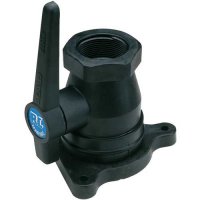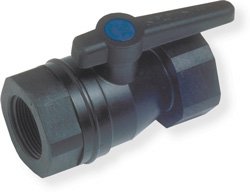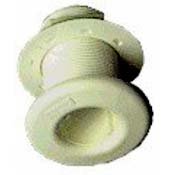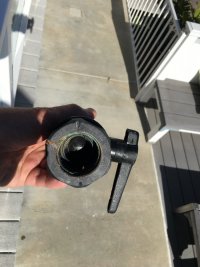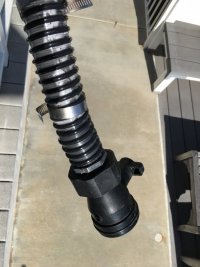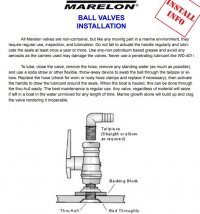K2MSmith
Sustaining Member
Since there has been much to do about boat sinkings and bilge floodings, I thought it might be worthwhile for me to become familiar with all of my thru-hull fittings in my still relatively new to me 33. The speed and depth sensors I regularly check and have replaced o-rings on the former . ( with boat in water ). I think I have located all of the other thru-hulls but I’m tempted to don gear and dive the boat to see for myself. Most of my seacocks are made of some kind of plastic or composite . So I gather they are not ( original? ) . The seawater intake for the head looks like bronze . To be honest , I’m a little nervous about fussing with them until the next haulout since I know valves tend to leak if not exercised and I don’t have any history on this other than I did shutoff the seawater input for the motor when I replaced the water pump impeller. It doesn’t leak . I’ve started to do this one at a time with the other valves . ( open / close ) and recheck after a few hours for leaks and recheck again . ( having mild OCD has its advantages but it can haunt you ) .
Any suggestions on recommended maintenance? If I don’t know the history of the valves , should I just start replacing at next haulout ? ( in 1-2 years ) . If these valves leak after turning , is it usually a drip ? It would seem to me that is it better to keep the valves exercised and turn them every few months , than to let them sit (?) .
Any suggestions on recommended maintenance? If I don’t know the history of the valves , should I just start replacing at next haulout ? ( in 1-2 years ) . If these valves leak after turning , is it usually a drip ? It would seem to me that is it better to keep the valves exercised and turn them every few months , than to let them sit (?) .

